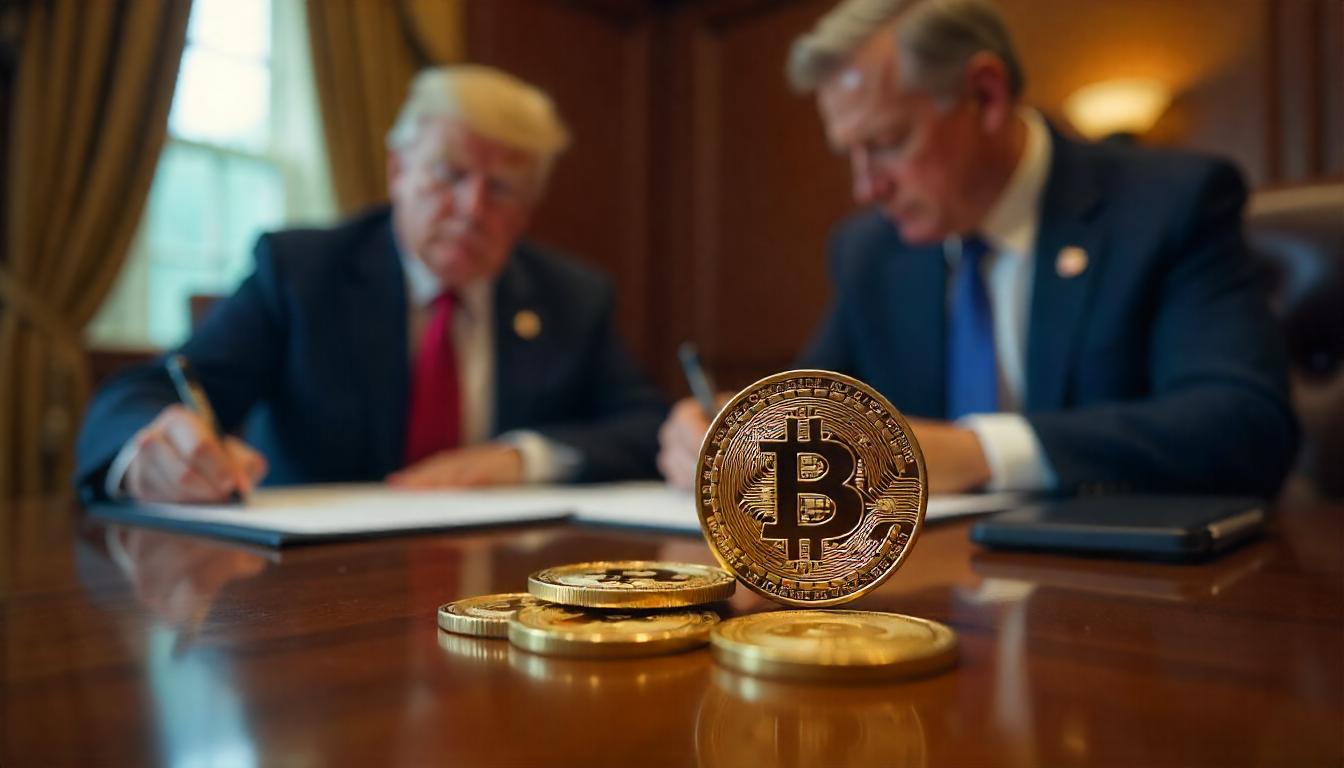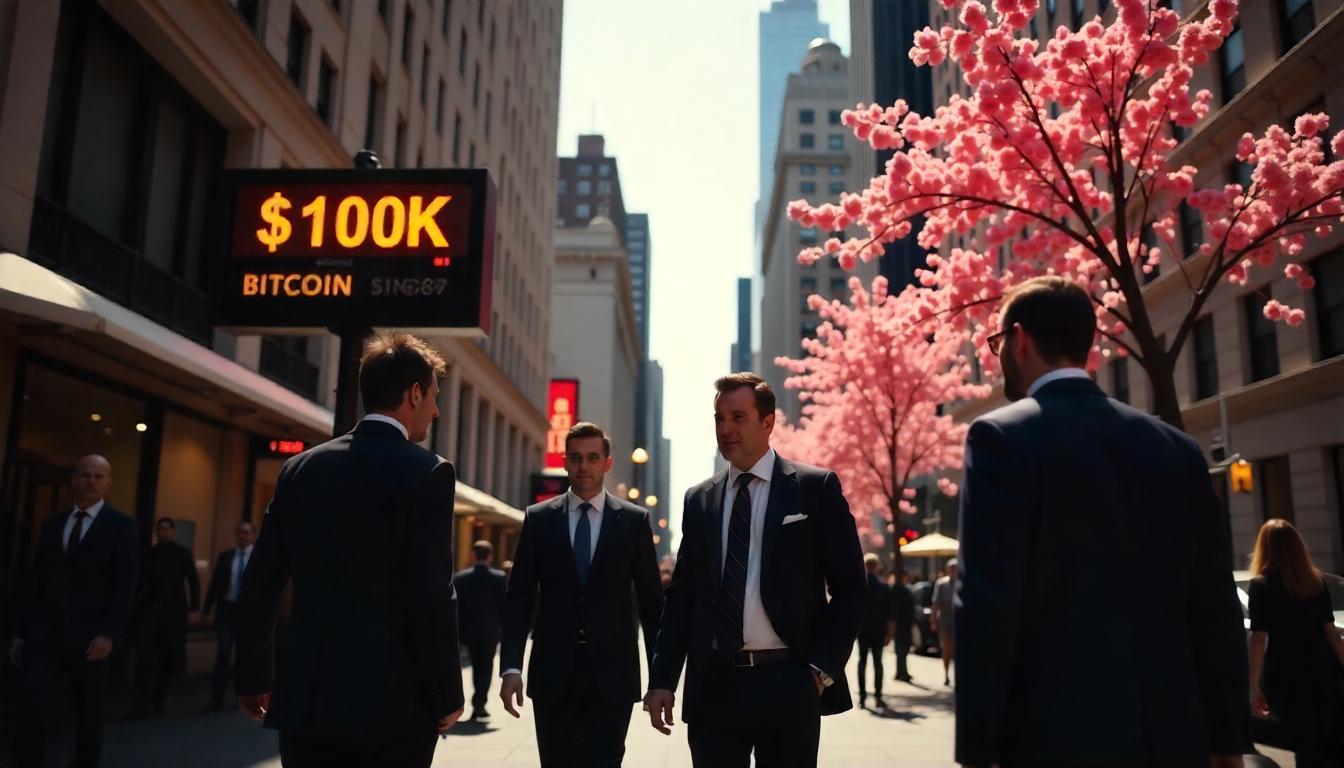George Soros termed it Reflexivity, though many refer to it as a virtuous circle. MicroStrategy, however, appears to be at the point where its circle has come undone, and in hindsight, it may have been inevitable.
As of Monday, MicroStrategy (MSTR) shares had dropped over 8%, sitting just above $300. This marks a roughly 30% decline since the company’s inclusion in the Nasdaq-100 index was announced, and nearly 50% from its record high in late November. A closer look at the situation shows clear signs of a major short-term peak for the enterprise software company-turned Bitcoin powerhouse.
The most obvious signal was the rapid rise in the stock price. At its peak of $543 in late November, MSTR had surged almost eightfold in 2024 and was up more than 50 times since the company first began acquiring Bitcoin (BTC) in August 2020.
Additionally, Michael Saylor, the company’s founder and Executive Chairman, had become a more visible figure than ever, tirelessly promoting both MicroStrategy’s future prospects and Bitcoin. By the end of the year, Saylor’s presence across financial media, podcasts, and social media had reached a new height. Yet, it wasn’t just his frequent media appearances that raised suspicions. His behavior had taken on a new, more confident tone, with subtle indications of what could be described as “spiking the football.” One example was his promotion of the company’s self-created metric, “bitcoin yield,” which resembled the made-up internet metrics from the 1990s, like “page views,” often cited during the dot-com bubble. Flush with cash from equity and debt offerings, Saylor also began teasing large Bitcoin acquisitions on Sunday evenings, ahead of the official filings on Monday mornings.
Then, a wave of imitators began to emerge. While Saylor’s Bitcoin strategy had been proven successful for years, other companies had been hesitant to adopt it. That changed dramatically in 2024, with firms like Semler Scientific, Metaplanet (a Japanese hotel operator), and various Bitcoin miners taking the plunge. Each of these companies received praise from Saylor and social media for every capital raise and Bitcoin acquisition.
However, Soros’ Theory of Reflexivity teaches us that such cycles are not perpetual. Soros proposed that perception and its influence on asset prices create a feedback loop where prices not only reflect investor sentiment but can also shape it. In this loop, investor belief that a stock will rise leads to price increases, which allow the company to raise capital more cheaply, ultimately boosting earnings and driving the price even higher. This self-reinforcing cycle is what’s known as a virtuous circle. MicroStrategy found itself at the heart of this cycle in 2024, but Soros’ brilliance was in recognizing when these circles would eventually break, and knowing how to either exit or bet against them before the collapse.
Herb Stein’s famous law, “If something cannot go on forever, it will stop,” applies equally to MicroStrategy’s stock performance as it does to other cyclical phenomena, such as government budgetary imbalances.
When MicroStrategy was trading at around $430 following its Nasdaq-100 announcement on December 14, the stock quickly reversed course, now trading just above $300, reflecting a 30% drop in just two weeks. Upon closer inspection, the first cracks in the MicroStrategy narrative became apparent in mid-November, when the stock hit its high of $543. Even as Bitcoin continued its ascent through November and into December, MSTR struggled to keep pace, creating what technical analysts would label a “negative divergence.” Since that November peak, MSTR has dropped 45% in just five weeks.
Despite the recent drop, MicroStrategy’s performance remains remarkable when viewed in a broader context. The stock is still up more than 400% year-to-date and roughly 20 times its value since Saylor began acquiring Bitcoin in August 2020. While skeptics might argue that further declines are likely, optimists will note that MSTR has weathered similar dips in the past, always managing to recover.
What would Soros say in this situation? He would likely remind us that his Theory of Reflexivity holds that prices can move further than many expect, whether rising or falling, and that these cycles can persist longer than anticipated before ultimately breaking.





